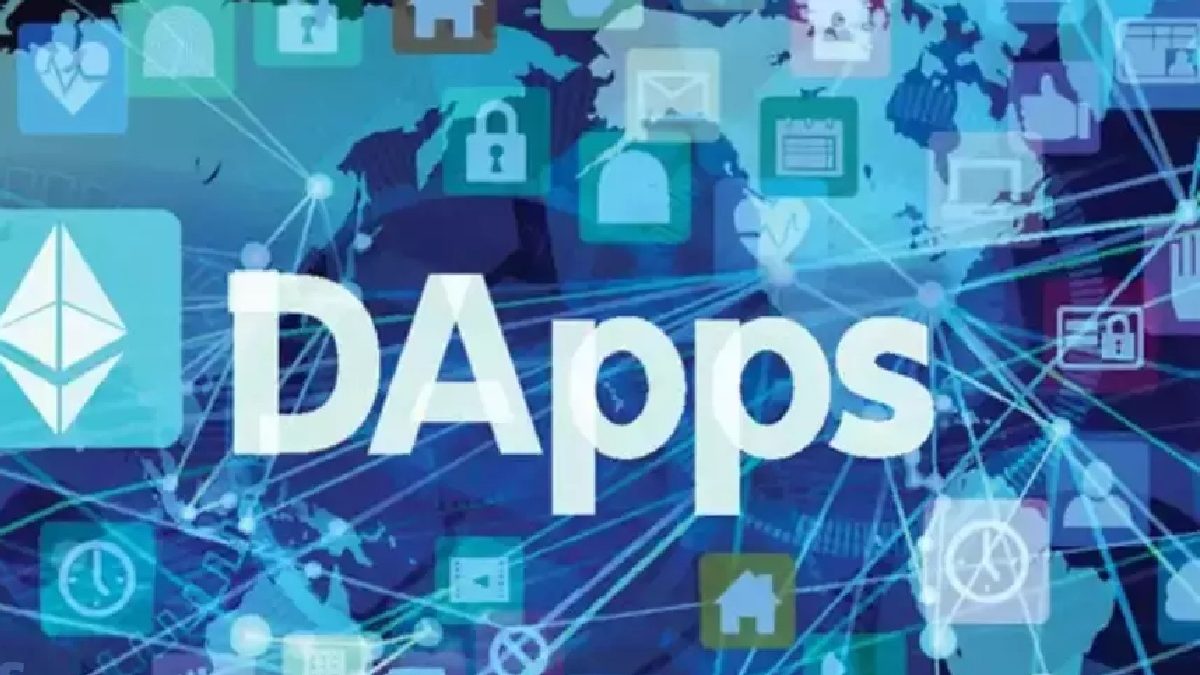Blockchain technology has been around for over a decade and has become the backbone of many new ventures. The technology is especially popular with developers building applications on top of the blockchain. These new applications are called dApps, which stands for decentralized applications or decentralized autonomous apps (DAAs). Here’s a look at this technology and the benefits of dApps:
Decentralized Applications
A dApp is an application that runs on a decentralized network, meaning any single entity does not control it. You can think of a dApp as being like a traditional application but built using blockchain technology. This means they’re open source and accessible to anyone with an internet connection.
How dApps are Created and Maintained
Decentralized applications are created and maintained by a community of users. This means decentralized applications are not controlled by a stakeholder, corporation, or board of executives, unlike traditional apps with one entity controlling the application. Instead, they are run by code that executes rules through smart contracts and users who can contribute to the application’s source code and maintain it communally.
Decentralized applications can be built as software, or they can be used as a service. For example, decentralized applications like Ethereum and CryptoKitties are software that allows you to build applications on top of them. Other dApps like Bancor and Ink Protocol are services that use the decentralized network to offer additional functionality. They can be accessed through web browsers or mobile apps like any other app on your phone or computer. To use these services, you need a cryptocurrency wallet.
Unique Features
Decentralized blockchain applications have many features that are different from traditional apps:
- dApps are built on a decentralized network. This means that no single entity controls the app’s code, data, or operations. Instead, all app users contribute to its maintenance and function in various ways.
- They are open source. The source code for any decentralized application platform is available publicly, meaning anyone can view it and contribute to its development if they wish.
- dApps are owned by their users (to some degree). Users hold personal keys which allow them access to their accounts.
- Decentralized applications are more secure than traditional ones because there is no central server to attack; if you want to take down a dApp, you must get rid of every single node in its network simultaneously.
- Many decentralized applications come with built-in privacy features that prevent data from being stored in one place, making it harder for hackers or governments (or both) to access sensitive information like your credit card number or medical records.
- Additionally, decentralized applications are often more user-friendly than their traditional counterparts because they don’t rely on expensive servers. This means they can run on many different computers simultaneously, making them faster and cheaper to operate than traditional applications.
Decentralized applications are great for building unique communities and storing information safely. There are countless use cases for this technology that crypto developers are only beginning to discover. You can learn more about decentralized applications and how they can benefit you by joining the FTT DAO community developed by FTX. The FTT decentralized autonomous organization (DAO) is run off of a decentralized application itself. The FTT DAO is an excellent resource and community for anyone looking to get involved in the decentralized finance industry and experience the benefits of decentralized apps.

